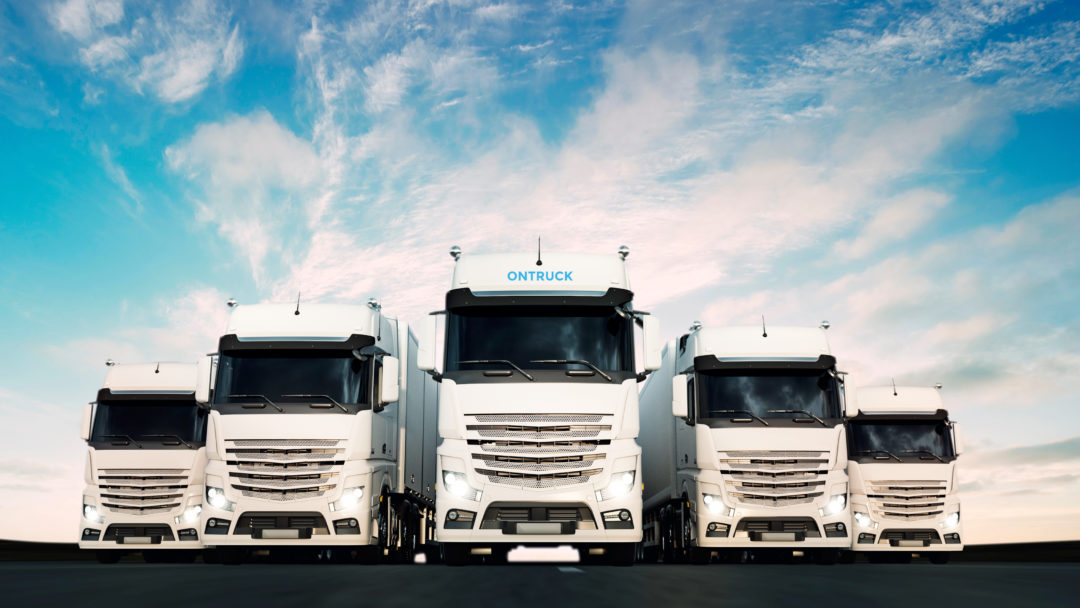With the advent of e-commerce harnessing new technologies, it was only a matter of time before the implementation of AI makes its way further down the entire supply chain on which it relies.
As retailers lose no time amping up their service levels with increasing capabilities of robotics and automation, stakeholders further down the chain undoubtedly start to feel the squeeze in supplier service expectations. While data and analytics have paved the way for smarter, faster and more robust decisions, are organisations in the transport industry ready for digital transformation?
Transport organisations rely heavily on the experience, agility and capabilities of their staff to deal with complex problems. However, this all comes at a cost that is increasingly under scrutiny from customers, regulators and shareholders alike.
From freight shipping and sea cargo transport to warehousing and inventory management right across to last mile delivery, businesses in the logistics sectors today are will need to double down on their logistics infrastructures to keep up with the increasing expectations for fast and efficient shipping and transport.
Connected transport will power smart city growth
Challenges
Daily operations in many sectors such as manufacturing and transport still largely depend on low-tech solutions such as physical Proofs of Delivery (PoDs) and excessive, slow correspondence via calls or emails.A recent study from PwC on Digital Operations specifically focused on manufacturers, found that on average across the entire survey 10% of manufacturing companies are ‘digital champions’ and around two-thirds have not even started their digital transformation, or have been doing so ineffectively.
If the digital maturity grows at the same rate as device penetration, the industry will keep pace, however it is arguable that supply chain leaders will need to get out ahead of the device growth curve to avoid being left behind and will need to initiate such changes immediately.
The challenge now in digitising the supply chain is that companies find it increasingly difficult to keep pace with new advancements in tech as they struggle to figure out ways to implement them in their business models – especially for non-digital natives. However there is further pressure on supply chain leaders increasing the imperative to digitise. Namely, increased pressure from rising costs and customer expectations.
Prime membership for example, now accounts for an estimated 60% of Amazon’s customer base, that’s 95 million customers that expect the two day delivery advantage heralded by this kind of subscription.
Artificial intelligence in the legal industry: Adoption and strategy – Part 1
Opportunities
However, while these kinds of demands naturally raise the bar for suppliers across the logistics ecosystem who may encounter challenges keeping up, they also open up opportunities for new players to address various narrow elements of the supply chain that have yet to be innovated by the benefits of AI.
Trends within the digitisation of the supply chain, particularly in ocean cargo and freight transport, have fortunately started to be accelerated by new startups offering alternative and innovative solutions driven by technology.
Ontruck is just one example of a young transport company applying AI and technology into the supply chain to create value for the network of players that make up the ecosystem. Ontruck makes trucking simple and transparent, giving shippers and hauliers the autonomy to keep up with the growing demand for road transport.
Ontruck’s technology is focused on providing a platform that enables shippers and smaller hauliers to manage their own operations with as much autonomy as is possible. The easy to use platform is just one example of how digital natives can bridge the gap within a single industry to trigger the digital transformation of less digitally mature players.
What it looks like
As we move closer towards a digitised supply chain, where can we see the role of AI and new technologies transforming the trucking industry?
Algorithms
Algorithms are now playing a major role in bringing the trucking industry forward, at Ontruck for example they power three important areas which are dynamic pricing calculations, routing taking into account events in real time and the assignment of loads to drivers according to load type and the driver’s profile.
2017 transport predictions
Innovative payment systems
Technology drives transactions and payments at Ontruck using a digital registry, where all data about a payment is collected in a single report. Digital invoices merge all the shipments within a single invoice which is sent via email or through the application. Machine learning is applied to also optimise the delivery notes that the drivers must hand in to process the payment for their services. Finally, the platform uses payment gateways to ensure maximum security at the time of making transactions
Optimisation of loads/routes
Ensuring route optimisation is a critical factor for our drivers and deliveries as such this is an area we are focusing on the most as it guarantees the offer of loads which best match a driver’s profile to optimise the price offered to the Shipper through the route analyses of loads available in order to try offer several chained orders — minimising empty kilometres.
Therefore in addition to in-house development, GIS services are used for geolocation, geocoding and Estimated Time of Arrival (ETA) amongst others.











